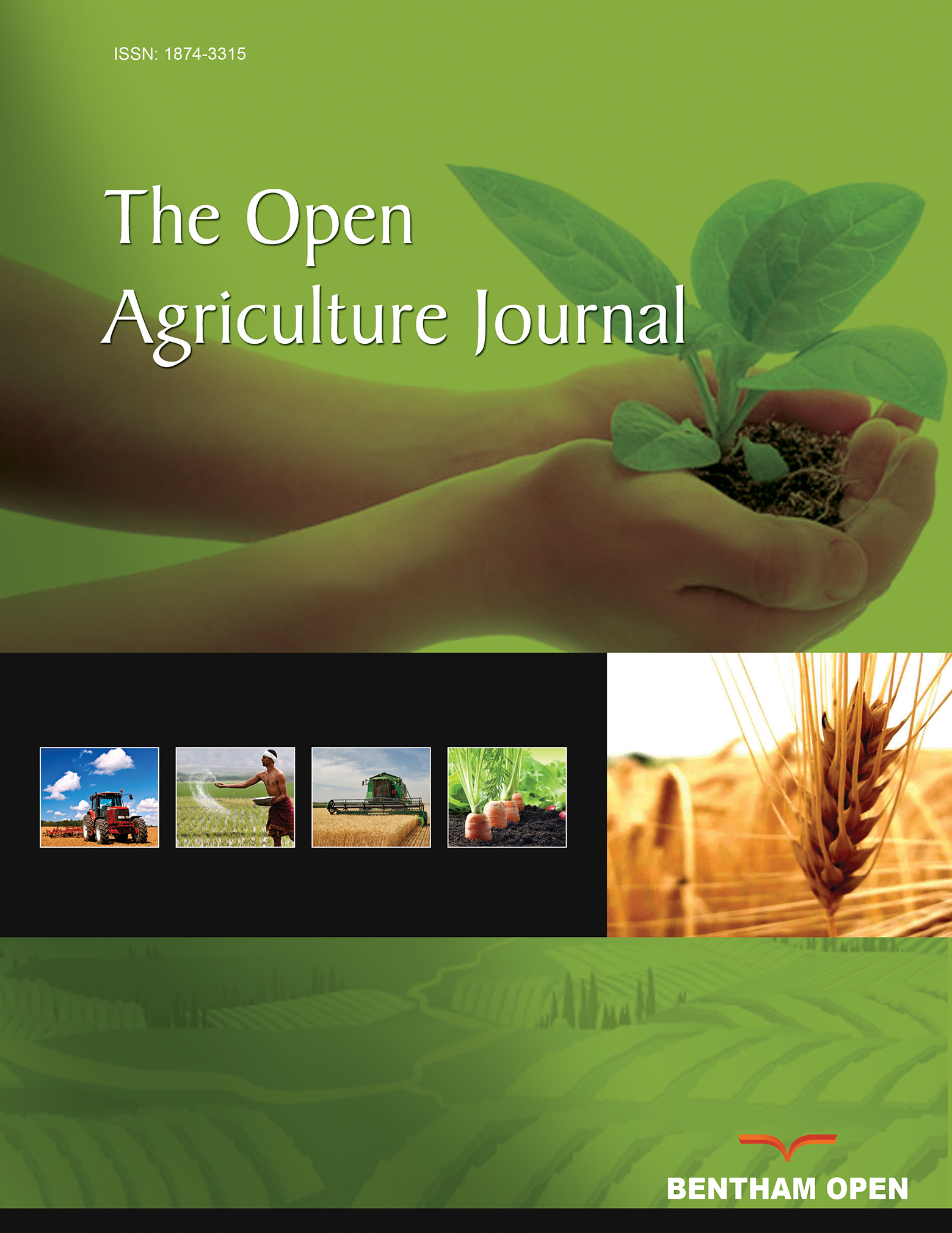All published articles of this journal are available on ScienceDirect.
Biotechnological Approaches to Increase the Bacterial and Fungal Disease Resistance in Potato
Abstract
Potato (Solanum tuberosum) is a valuable cultivated vegetable with high nutritional qualities containing a variety of essential ingredients such as starch, vitamins and essential minerals. However cultivating potatoes is significantly complicated by diseases caused by a number of phytopathogens of both bacterial and fungal nature. Phytophthora infestans, Alternaria sp., Phoma exigua, Rhizoctonia solani, Fusarium sp., Verticillium sp., Clavibacter michiganensis subsp. sepedonicus, Pectobacterium sp., Dickeya sp. are considered amongst the most dangerous phytopathogens.
This paper reviews the latest biotechnological approaches to the creation of potato plants resistant to a wide range of pathogens. In particular, the possibilities of applying genetic engineering methods to obtain potato plants resistant to pathogens, such as Solanum venture, S. mochiquence, S. demissum, S. bulbocastanum; avirulence genes; genes of antimicrobial peptides of plant, bacterial and animal origin by transferring the genes of resistance (R-genes) isolated from systematically related species into their genome. The review states that marker-assisted selection is suitable for obtaining varieties of S. tuberosum resistant to bacterial and fungal phytopathogens, where the R-genes or QTL regions can act as markers. Prospects for the use of genome editing technology using CRISPR/Cas9 or TALEN systems as one of the newest approaches to creating phytopathogen-resistant S. tuberosum plants have been considered. Achievements and successes in this way using these methods are analyzed in a detailed way in this review.


